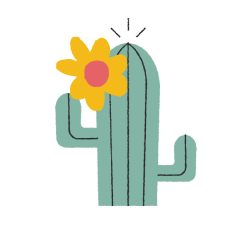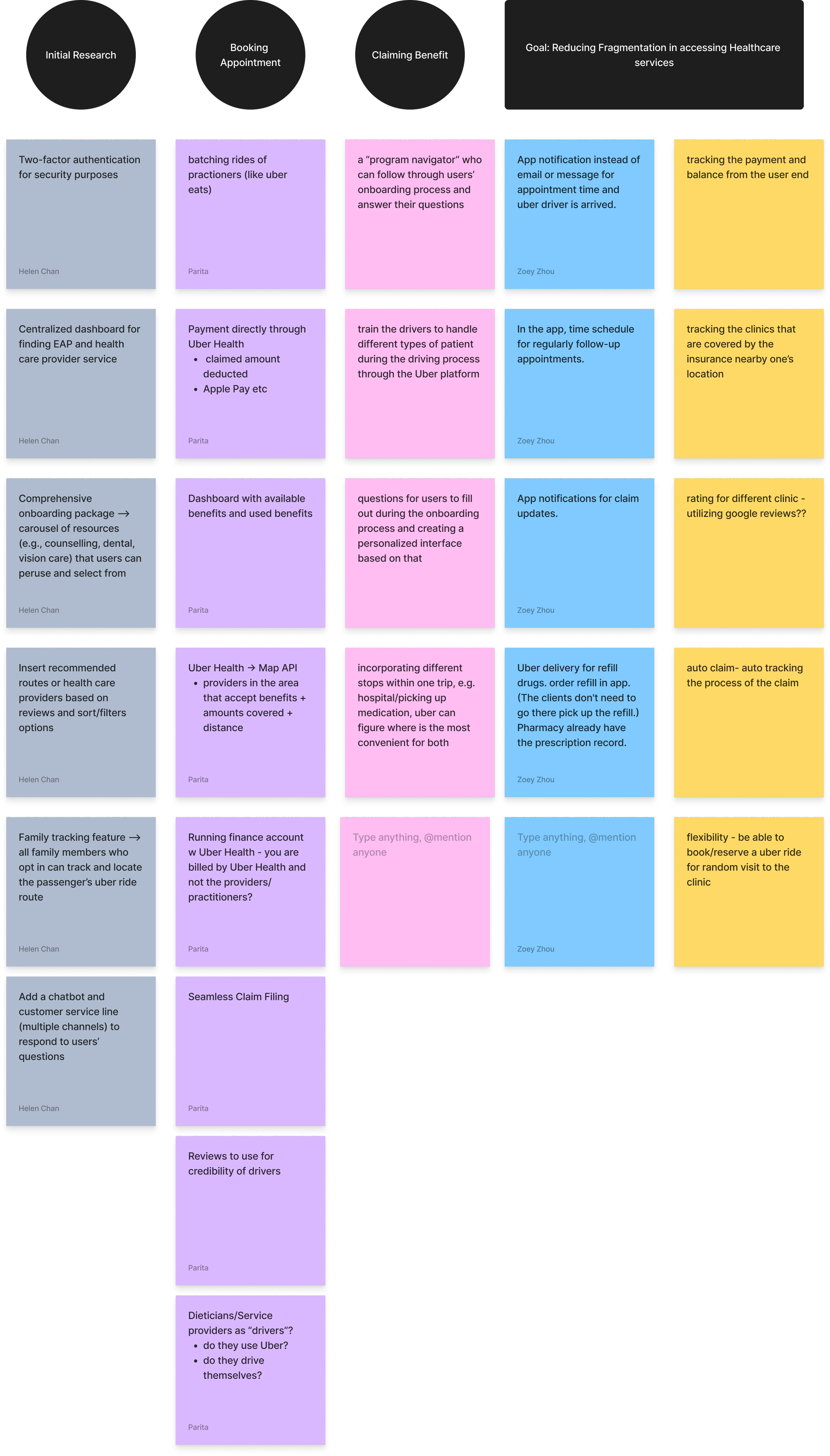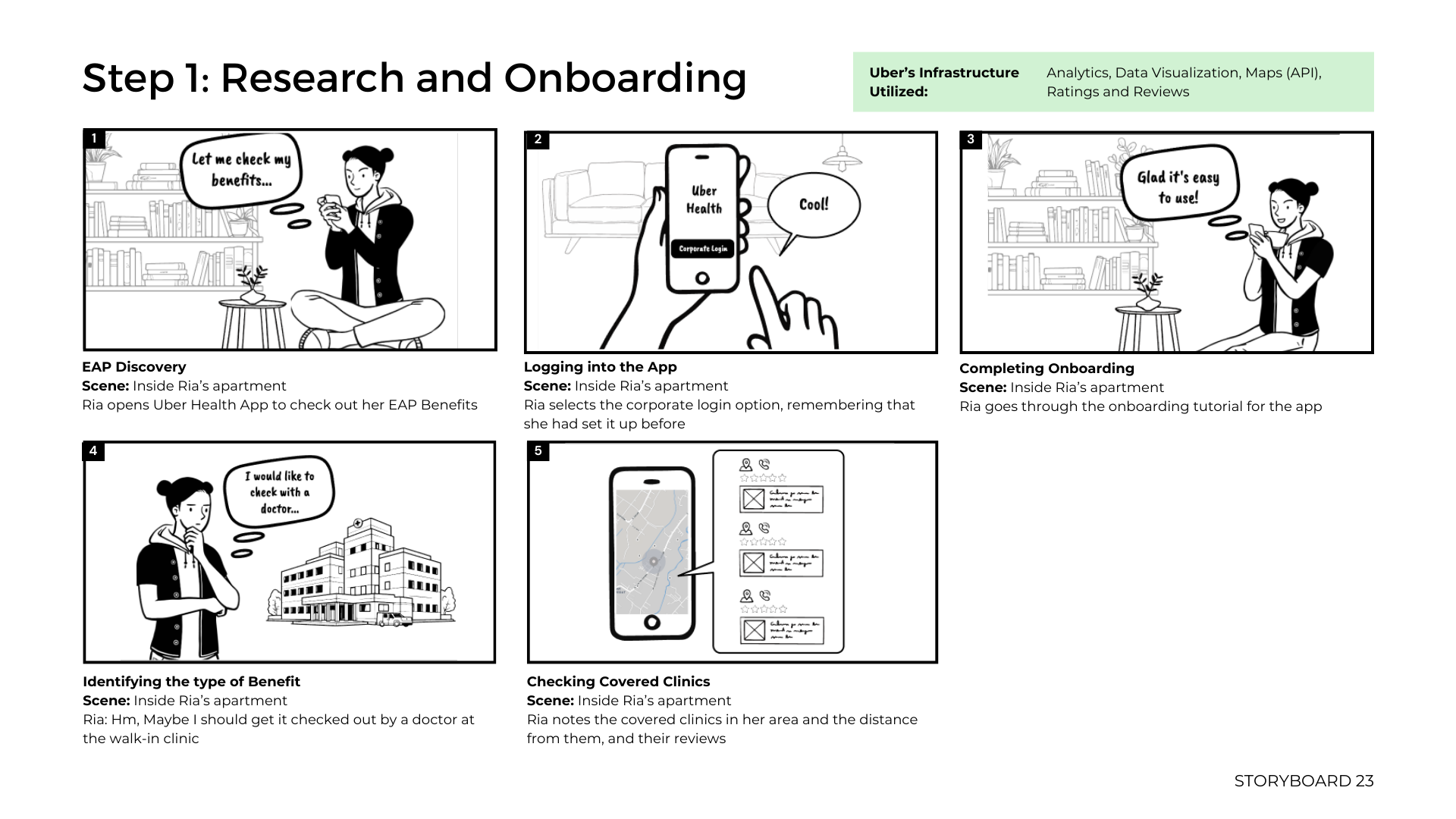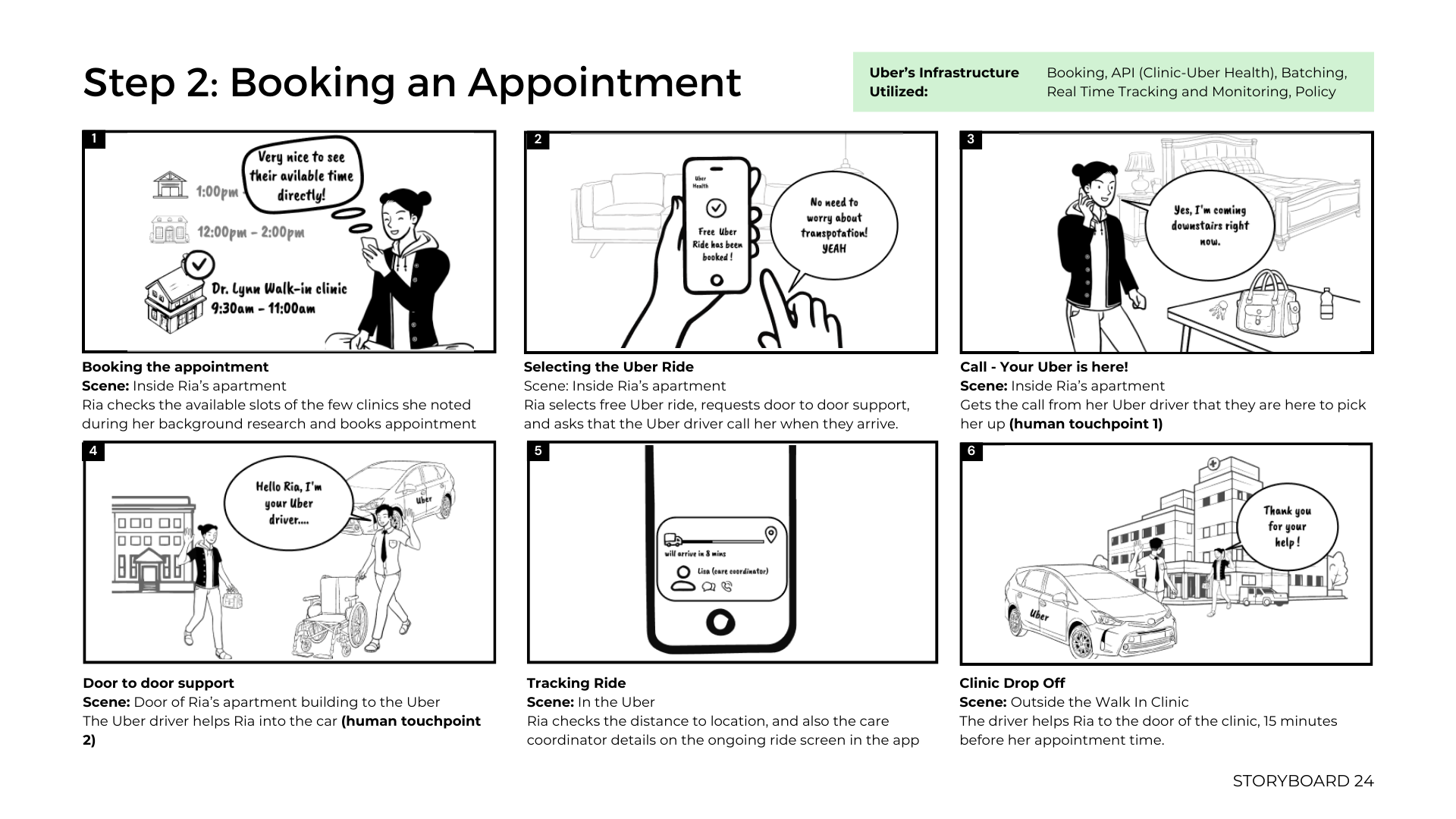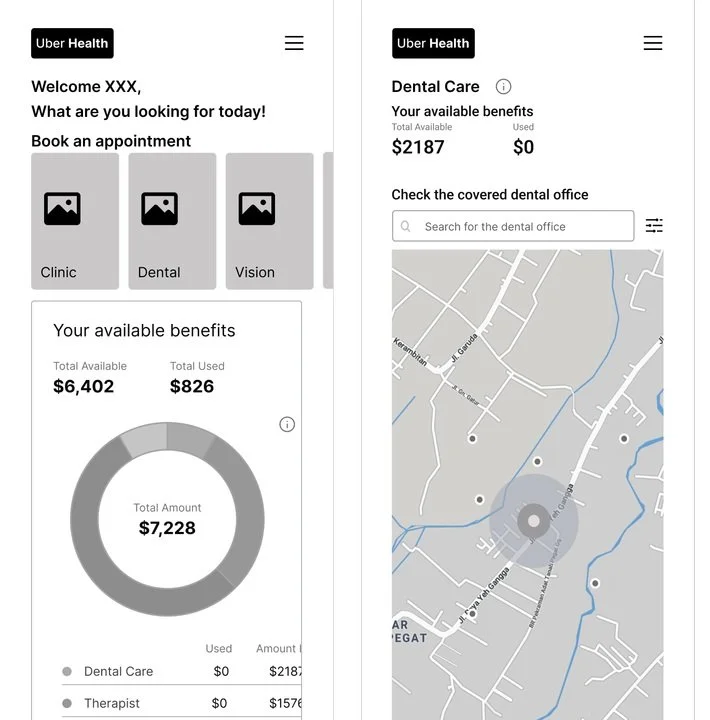Employee Assistance and Benefit Plan Service Experience Redesign
My Role:
Usability Tests | Storyboard | User Journey Map | Prototype | Video Prototype
Timeline:
12 weeks
Teammates:
Helen, Ming, Parita, Zoey
Benefits are now considered crucial for employment, retention, and high performance. Employee Assistance Programs (EAP) are gaining traction as a preventive and value-added alternative to traditional Employee Benefit Plans, but they are significantly underutilized. This project is to redesign the Employee Assistance and Benefit Plan service experience for young professionals offered by Uber Health.
Introduction
Research Summary
1. Improve EAP activation and utilization rate
Activation rate = 35% (target of 50%)
Utilization rate = 3% (target of 15%)
Likelihood to Recommend = 2/10 (target of 6/10)
Conversion to personal account = 0.1% (target of 10%)
Client Challenges & Requests
To truly comprehend the reasons behind our clients' requests and determine the most appropriate solutions to enhance the current EAP, we engaged in user interviews to gain a deeper understanding of the challenges they encountered during their experience.
2. Growing demand to offer more flexible solutions that align employee assistance plan with existing employee benefits plan
The EAP information is unclear, scattered, confusing, and hard to locate quickly
Users are uncertain about the various reimbursement policies and processes, which collectively contributes to a cumbersome and frustrating experience
The claiming process is often troublesome and time-consuming, and may fail to deliver the expected value
Targeted User Group’s Challenges
In order to effectively move forward, our team's initial step was to thoroughly map out the existing services provided by our clients. We recognized that introducing new ideas in a complex system could result in costly and widespread changes across multiple departments. Therefore, we made it a priority to fully understand the existing services and consider them as we move ahead.
Existing Services Provided by Uber Health Diagram
Moreover, we also need to identify all the touchpoints that would be involved in the user's flow.
Touchpoint Map of the User Flow
We developed a user journey map to enhance our team and clients' understanding of the user experience. This map visually identifies the user's pain points, providing valuable insight for our redesign focus. After careful consideration of feasibility, impact, and cost, we have selected 3 pivotal points to address. By tackling these areas, we aim to directly address our client's challenges, resulting in a mutually beneficial solution.
User Journey Map
Redesign Solutions
Ideation Summary
To simplify the initial research of EAP information, we propose:
Visualize coverage distribution
Clarify covered clinics
To improve the booking process and make it more informative while keeping it simple, we propose:
Personalize the process with more details related to the service
To streamline the claiming process and reduce frustration, we propose:
Implement an auto-claim process to free users from the cumbersome process
Increase EAP activation and utilization rate
New User Journey in Storyboard Format
Our team initiated the design process by developing mid-fidelity designs tailored to address our target users' challenges while aligning with our business objectives. We then conducted iterative usability tests focusing on user feedback on the 3 pivotal points with different user flows.
Prototype
Centralized Dashboard
Map Location & Filter system
How did we visualize the ideas?
Information Autofill
Estimated Out-of-pocket Payment
Immediate Digital Invoice
Auto-claim Option
Interactive High-fidelity Design
Service experiences need to be experienced. In addition to considering all the departments involved and all the touchpoints a user may interact with, we also conducted role-playing to experience the service we created. This process helped us uncover potential problems that could be better solved, and it also helped us produce a video prototype highlighting some of the service's unique value when we presented the design.
Video Prototype
Conclusion
We encountered several significant challenges during this project.
Firstly, we were tasked with integrating human and digital touchpoints as per the client's request. We thoroughly examined all user flows to identify areas where human interaction could enhance the user experience.
Secondly, we needed to thoroughly understand the existing structure of Uber Health and find ways to leverage it to provide a unique EAP experience. Given the potential costs of implementing entirely new ideas, we focused on optimizing and enhancing the current services to improve the overall EAP user experience.
Finally, we realized that our designs were based on assumptions, including assumptions about feature feasibility and API connectivity, as we were unable to confirm any constraints at the time.
Challenges We Met
In this service design project, we have consistently considered the business goals, users' needs, and potential collaboration throughout the entire process of developing redesign ideas. As a team, we have proactively utilized touchpoint maps and service blueprints to keep the overall workload for all departments in mind, which is a unique aspect of this project compared to the typical UX design work I participated in previously.
I have been incredibly impressed by our role-playing sessions, which were very insightful and direct ways of uncovering hidden user problems and concerns during the service flow. This approach is also very effective in communicating and conveying ideas to clients, as they can empathize with the users’ frustrations visually.
Insights
